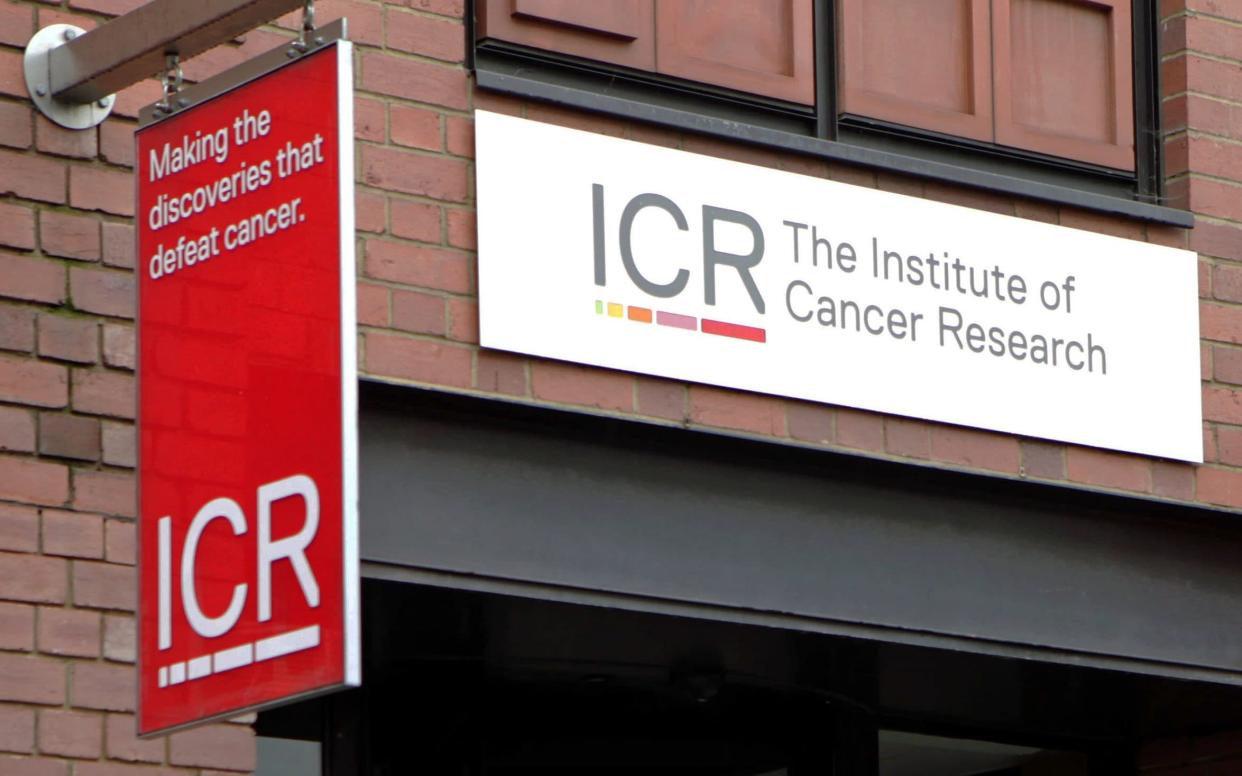The breakthrough discovery that could reverse deadly pancreatic cancer

Pancreatic cancer may be reversed by a so-called “gremlin” therapy, scientists have found in a landmark discovery.
Early findings suggest a gene and a protein known as Grem1, or “gremlin”, could be pivotal in controlling and combatting the illness.
Pancreatic cancer has a notoriously high mortality rate, with just seven per cent of patients surviving for five years or more. Every year, more than 10,000 people in the UK are diagnosed with the disease, with around 9,000 deaths.
Scientists from the Institute of Cancer Research conducted studies in mice and on mini pancreases made in a laboratory, where they manipulated the level of the gremlin protein in the system.
When the gene, and therefore the protein, was eliminated, tumours were rapidly converted into a more dangerous and invasive form.
In a matter of days, every tumour cell had been converted from the more harmless form into the more dangerous mesenchymal cancer cells.
The absence of “gremlin” also meant the cancer was more likely to spread to other organs. In nine out of 10 gremlin-less mice, for example, cancer spread from the pancreas into the liver.
In contrast, when the gremlin protein was working normally, the cancer spread in just 15 per cent of the laboratory animals.
As well as curtailing Grem1 production, the scientists also boosted the concentration of the protein to far beyond the normal level and found this had a beneficial effect.
Gremlin therapy can ‘reverse the fate’ of dangerous cells
Writing in their study, published in Nature, the scientists said that in high quantities, the gremlin protein “caused almost complete” reversal of cells that had already morphed into the more dangerous guise.
This, they said, indicated that high Grem1 activity was able to “reverse the fate” of the dangerous cells.
Further analysis revealed that Grem1 is also controlled by another chemical, called BMP2, and that this molecule regulates how much gremlin protein is made.
The two molecules work in tandem to control how pancreatic cancer develops as part of what the researchers call a “self-inhibitory feedback loop”. The mathematical principles underpinning this were first predicted by Alan Turing 70 years ago, mere years after he cracked Enigma and helped defeat the Nazis.
“Further studies will be required to investigate whether the Turing model extends to other cancer types,” wrote the researchers.
The researchers hope that discovering this link and mechanism, as well as the fact it can be controlled and reversed, may allow for future treatments to be developed to help cure pancreatic cancer.
Though still at an early stage and in need of much future research and funding, the researchers said it is a crucial first step towards fighting what is one of the most lethal forms of cancer.
‘Important and fundamental discovery’
Prof Axel Behrens, leader of the Cancer Stem Cell Team at the Institute of Cancer Research, London, was senior author of the study and said: “This is an important and fundamental discovery that opens up a new avenue for uncovering treatments for pancreatic cancer.
“We have shown that it is possible to reverse cell fate in pancreatic cancer in the lab - turning back the clock on aggressive tumours and switching them to a state that makes them easier to treat.
“By better understanding what drives the aggressive spread of pancreatic cancer, we hope to now exploit this knowledge and identify ways to make pancreatic cancer less aggressive, and more treatable.”
Prof Kristian Helin, chief executive of the institute, said: “Pancreatic cancer is one of the most devastating of all cancers - the most common form of the disease spreads aggressively, making it hard to treat and a terrifying diagnosis for patients and their loved ones.
“This new finding has broadened our understanding of the molecular basis of how pancreatic cancer gains the ability to grow and spread around the body.
“Although more work is required, this type of fundamental research is essential for developing concepts for new and more effective treatments for cancer.”
‘Enhanced understanding of origins of pancreatic cancer’
Dr Chris MacDonald, head of research at Pancreatic Cancer UK, told The Telegraph: “Although this research is still in the early stages, these exciting new findings represent a huge body of work from leading thinkers in this field which improves our understanding of the origins of pancreatic cancer.
“The ability to spread quickly throughout the body before it is detected makes this a truly devastating disease. Tragically, 80 per cent of people currently receive a terminal diagnosis.
“We have known for some time that there are different populations of cells that initiate pancreatic cancer: some that drive a very aggressive cancer, and others that produce a more stable form less likely to spread.
“This research has shown the potential to actively switch pancreatic cancer cells to the less aggressive form, confining the disease to the pancreas where it can be more easily targeted with surgery and focused therapies we currently have in our armoury.
“This could give many more people the very best chance of survival and more precious time with their loved ones.”

